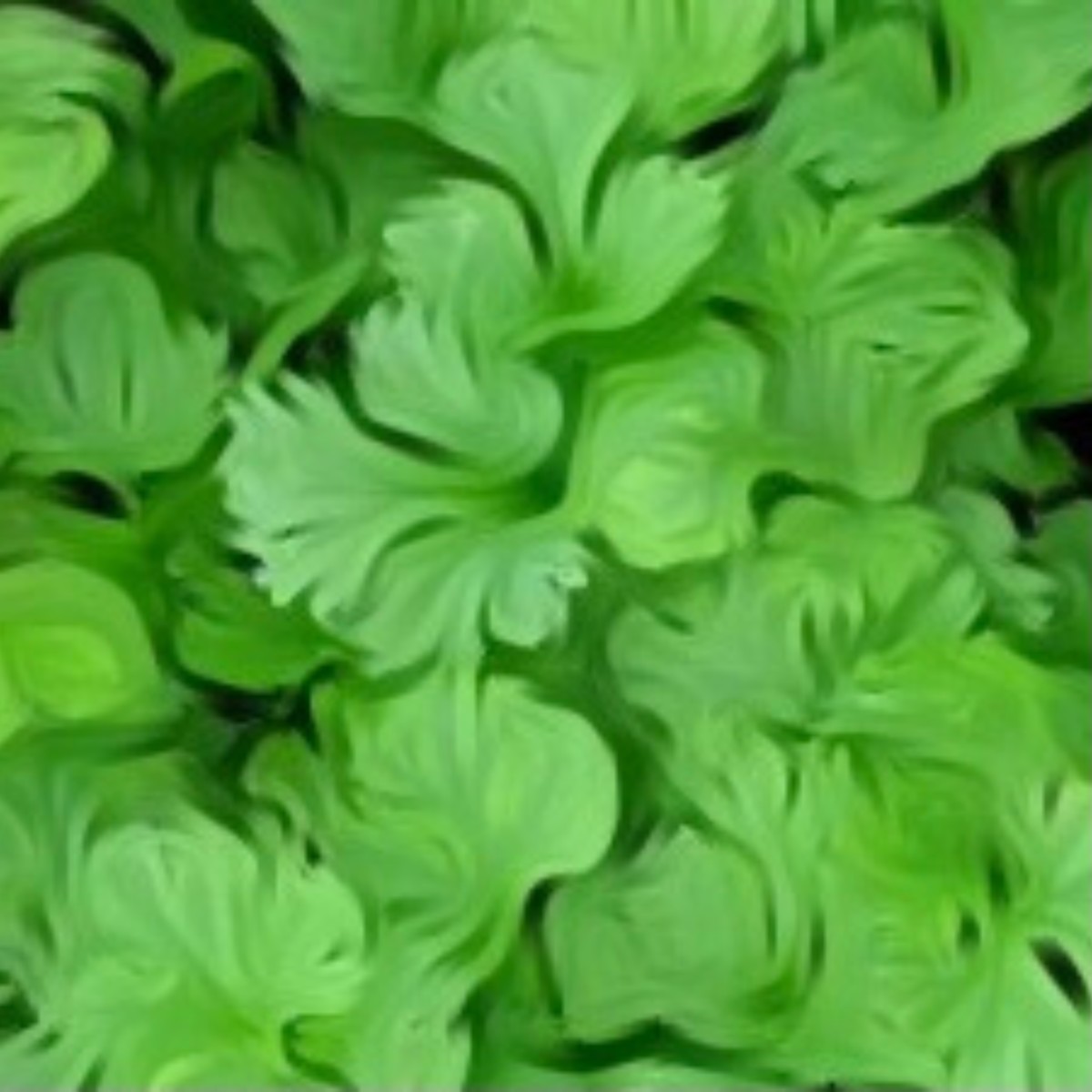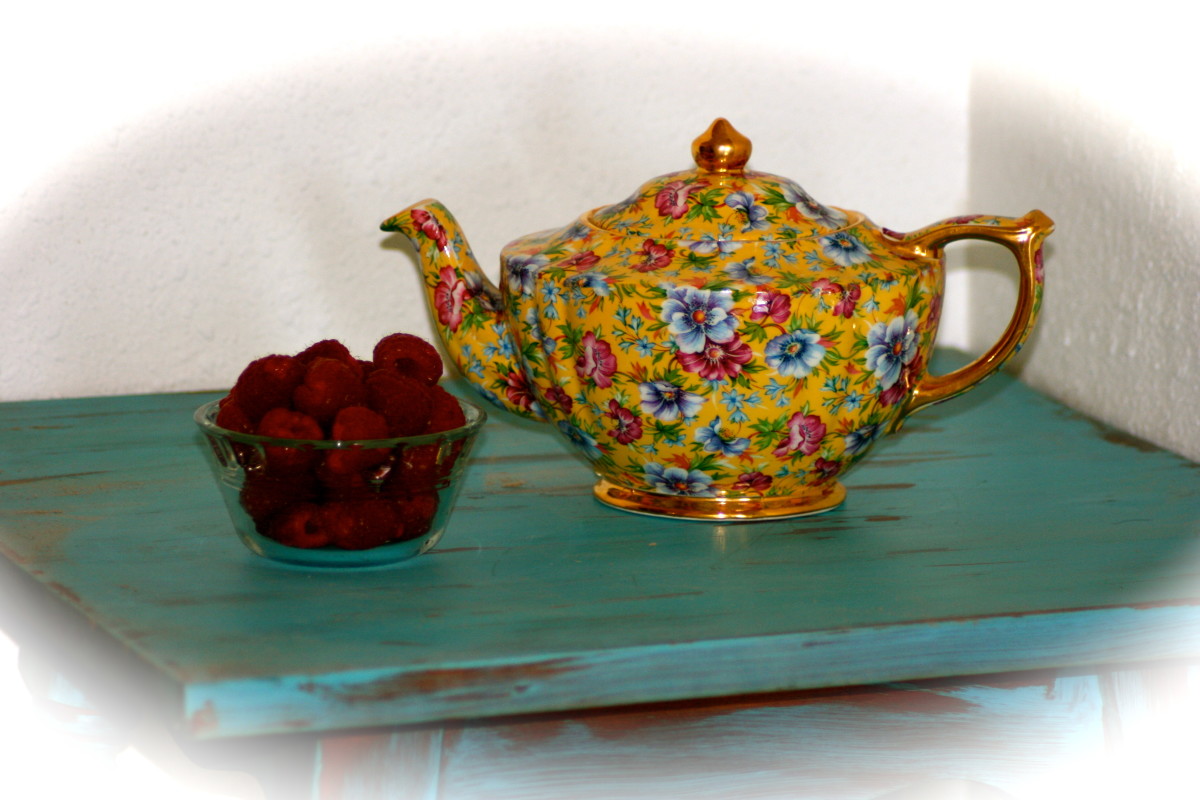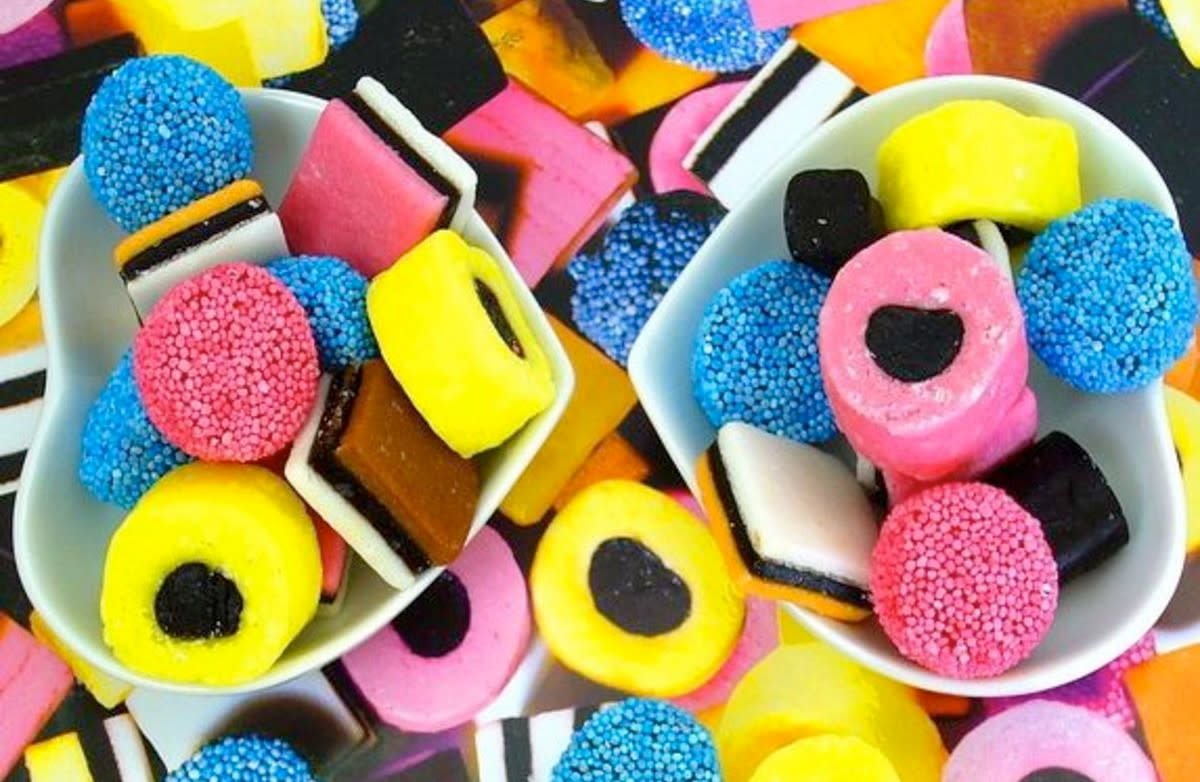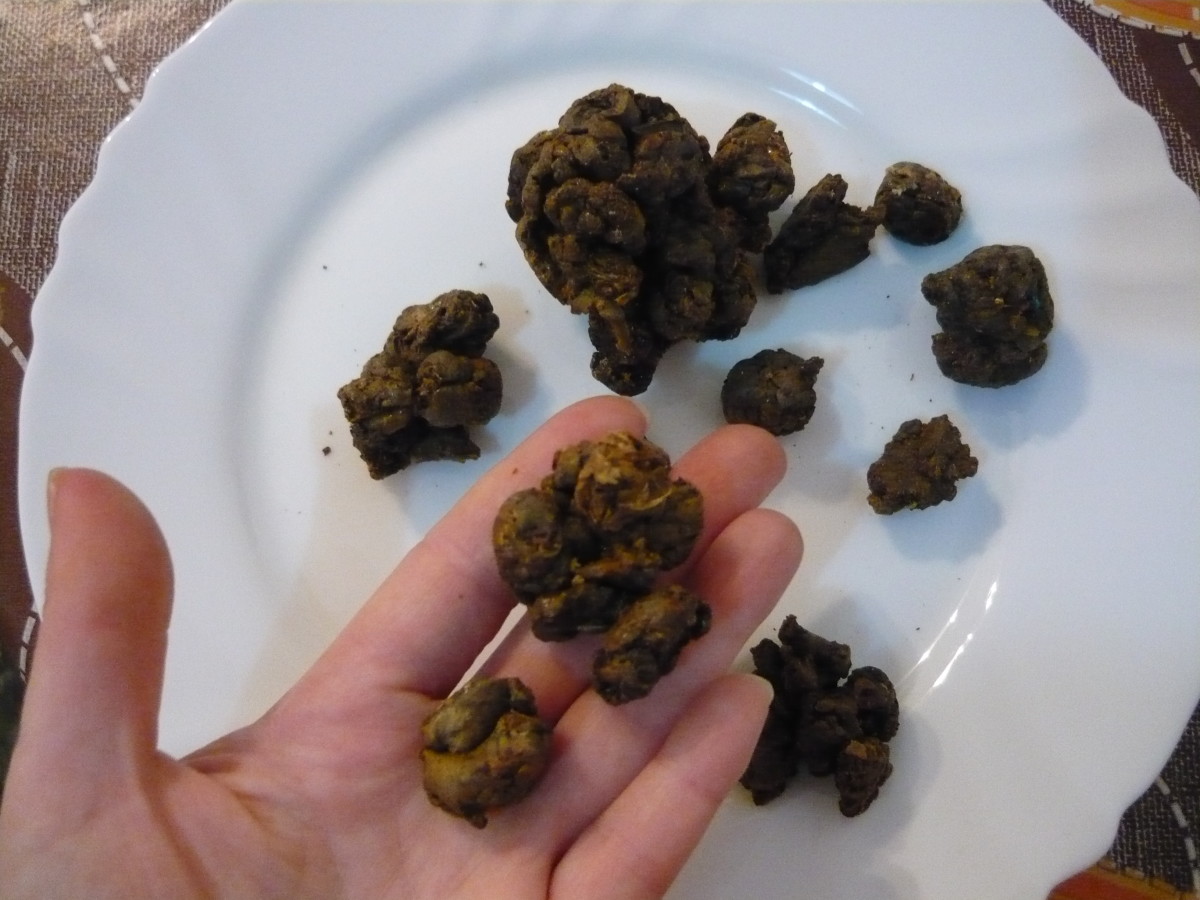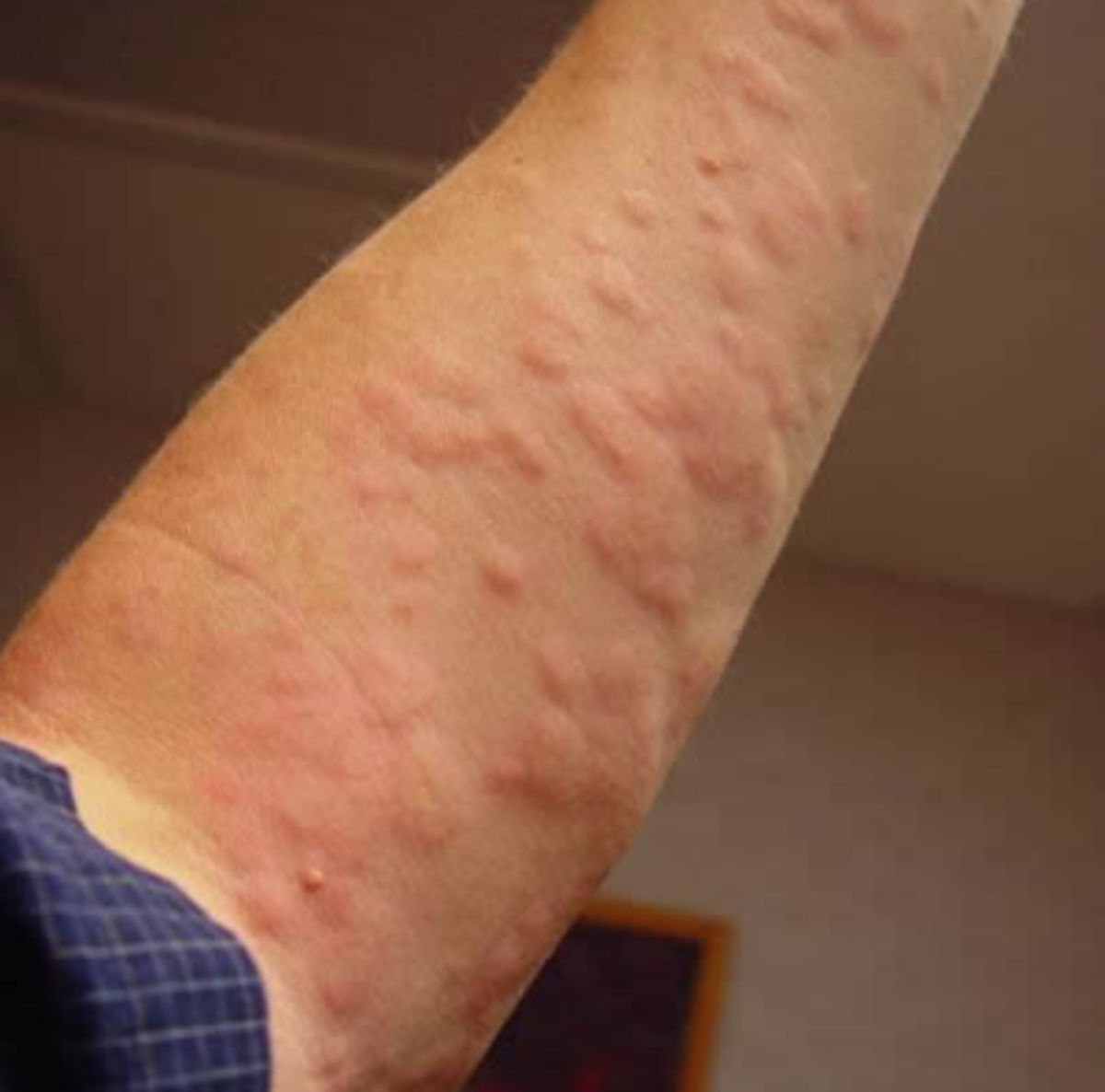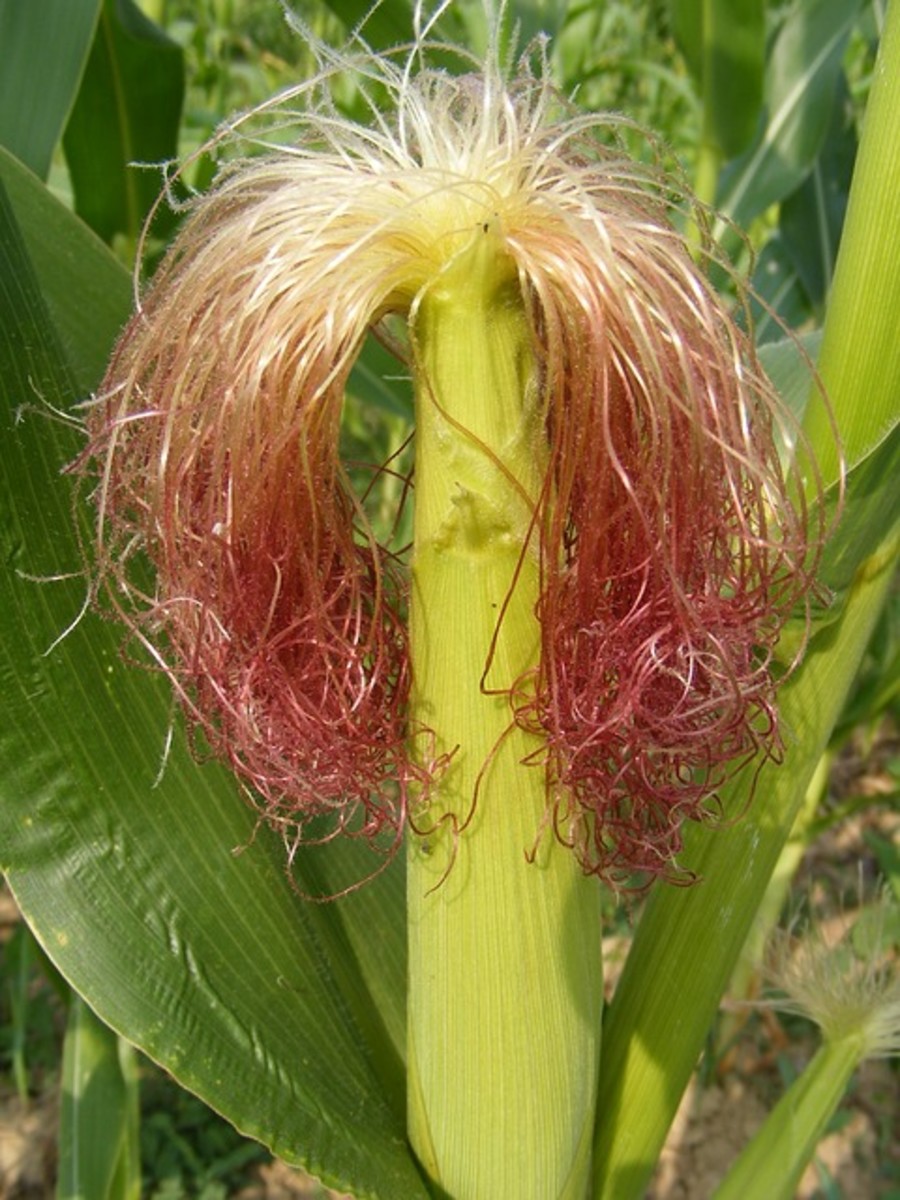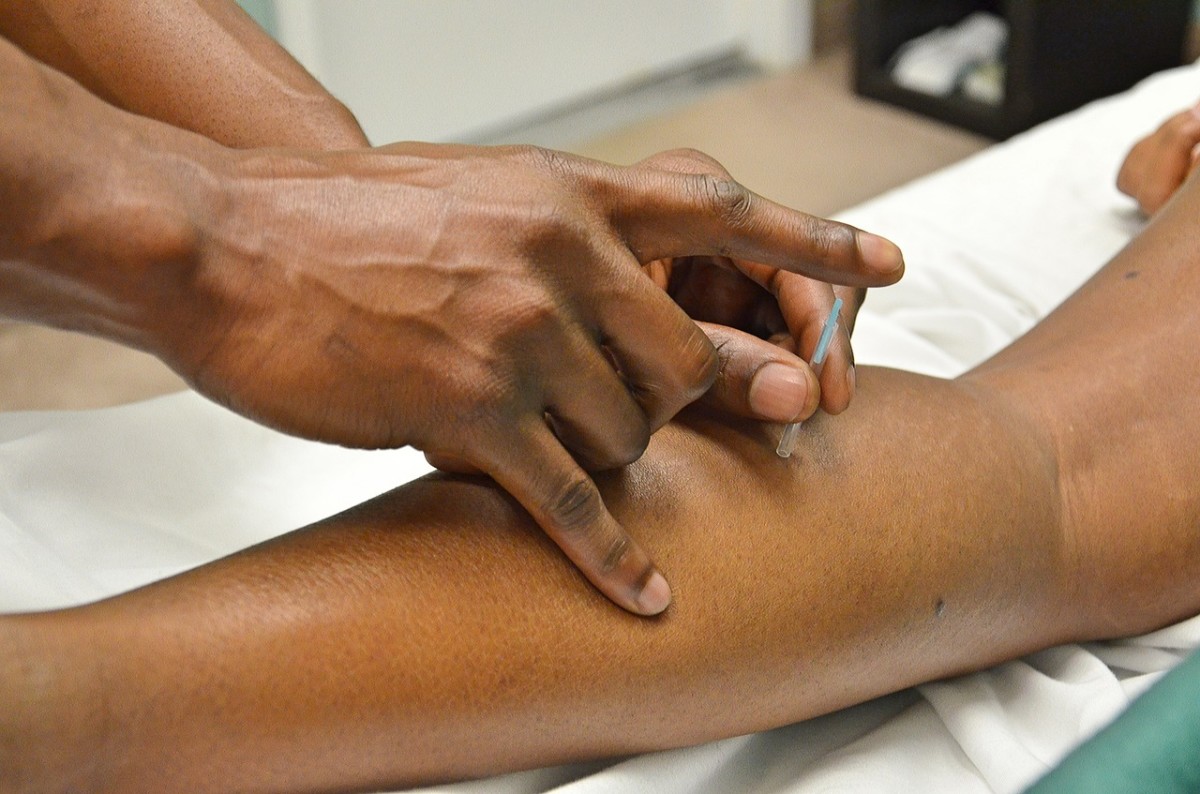What is Licorice Root?
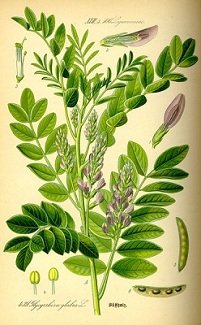
What is Licorice? Candy or Healing Herb?
The first time I heard that liquorice (also spelled licorice) could be used to heal different ailments, I laughed. I mean, how the heck was candy supposed to cure depression or heal ulcers? It took me a while to realize there was actually a licorice plant and not just licorice candy.
Since that realization, I've been astounded by the proven health benefits of licorice root. I mean, a lot of herbs are used for healing purposes, but most haven't been proven to work. But it's different with licorice root. Because it's one of the most widely used herbs in the world, many of the healing benefits of licorice root have been documented and proven to work. There have been almost 200 clinical trials testing what it can and can't do. And with each positive result, the powers of licorice become that much stronger.
Unlike a lot of herbs, licorice isn't thought of as a wanna-be healer. It's been proven so many times, it's making some doctors reach farther than ever. Did you know that it's been tested on both cancer and HIV? And both studies showed positive results. The polyphenols in licorice induce cell death in the cancer cells and it does this without harming anything else. Two recent studies about the effect of licorice on HIV found that the antiviral properties of glycyrrhizin and glycyrrhetinic acid can prevent the virus from entering healthy cells and replicating itself. In both studies, not a single person using licorice root developed Aids. Unfortunately, the placebo groups weren't so lucky.
Prevent the Bad Effects of Licorice by using DGL
Whole licorice contains a compound called glycyrrhizin. While it provides numerous health benefits, ingesting too much of it can cause fluid retention, increased blood pressure, loss of potassium and other harmful side effects.
These effects can be prevented by using deglycyrrhizinated licorice (DGL), which is licorice root with the glycyrrhizin removed.
Licorice Tea
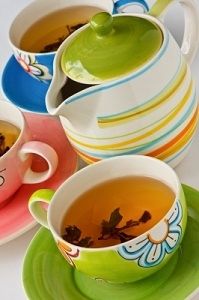
Drinking licorice root tea everyday can have amazing effects on your health. It's been proven to treat multiple digestive problems like ulcers, acid reflux, heartburn, constipation and indigestion. And while it's doing all that, licorice root tea can also strengthen your immune system by boosting your body's levels of interferon (a substance that attacks viruses). But the health benefits of licorice root don't stop there. Licorice also contains at least 8 different compounds that help relieve the symptoms of depression.
Just think about it. A healthy body and a sound mind could be yours by drinking just 2 - 3 cups a day.

Licorice Extract
Licorice contains plant estrogen very similar to those found in soy. By binding tightly to estrogen receptors, this gives licorice an effect almost like real estrogen, which makes it the perfect natural remedy to treat the symptoms of menopause.
By encouraging the production of your estrogen and stimulating your adrenal gland, you're overworked kidneys and adrenal gland will get a break. This will help with the frequent trips to the bathroom. Drinking 1 - 2 cups of licorice tea or taking 30 drops of licorice extract everyday could help curb your hot flashes.
While it helps stimulate the production of estrogen in women, it does the exact opposite in men. An article in The New England Journal of Medicine stated that the glycyrrhizic acid in licorice can sometimes inhibit 2 of the enzymes needed to convert androstenedione to testosterone. If this happens, a mans testosterone level will decrease and that could leave him with a decreased sex drive or hypertension. The good news is that everything will go back to normal once he stops using licorice.

Licorice Root
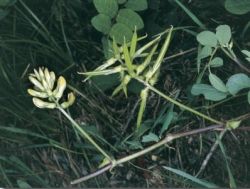
Licorice root is one of the most effective natural treatments available for healing a variety of ailments in the mouth. These include canker sores, gingivitis, tooth decay, and other mouth sores. There are three popular ways to treat sores inside the mouth:
The first is a dissolving licorice patch like CankerMelts. The active ingredient in CankerMelts is glycyrrhiza (licorice extract). By placing the disc on or near a canker sore, you'll begin to feel relief almost immediately. And as it slowly dissolves, it will relieve the inflammation around the sore. As an alternative, you can easily make your own licorice lozenges.
The second way is by making your own licorice mouthwash or licorice infusion. For mouthwash, just combine a 1/2 teaspoon of licorice extract with 1/4 cup of water. Gargle thoroughly and then spit it out. Use this mouthwash up to 4 times a day.
The third way is by using licorice tablets. Some people just chew them slowly, while others use the tablets to make a paste. That's easily done by crushing a licorice extract tablet into powder and adding water to make a paste. Then spread it on the affected area up to 4 times a day.

Licorice for Skin
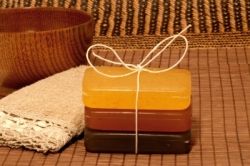
Licorice is a very effective treatment against certain skin ailments like eczema and rosacea. It's most effective when applied topically using a 2% gel. It's also a great weapon against wrinkles and uneven skin tone. The key ingredient is a flavonoid called glagridin. This compound is what inhibits pigmentation and encourages even skin tone. What's great about licorice is that it's not a skin bleacher. It's actually a skin brightener. So if you have age spots, you don't have to worry about carefully applying it just to those dark spots. You can rub the licorice lotion or gel all over your face and with time, it will lighten the dark spots and brighten your normal skin. After a month or so, you should have a nice even skin tone again that's smoother than ever. It works the exact same way to fight against eczema and acne.
Often you'll find beauty products containing both licorice and chamomile. This is because chamomile contains a special compound that promotes healing and encourages tissue regeneration. When you add that to the powers of glagridin, these two herbs are just about unstoppable.
Licorice with Glycyrrhizin
Licorice with glycyrrhizin can be used safely if taken in small doses (no more than 500 mg a day) and by using for no more than two weeks at a time. Glycyrrhizin is actually the strongest therapeutic compound in licorice. Glycyrrhizin increases the production of mucus and relaxes bronchial spasms. Because of this, it's often used to treat bronchitis, sore throat, congestion, coughing and other respiratory illnesses. Glycyrrhizin enhances the production and activity of cortisol, which is an anti-inflammatory. Because of this, licorice root is often used to treat asthma and arthritis. The increased cortisol activity also increases energy levels, reduces stress and treats different ailments sensitive to cortisol levels, such as chronic fatigue syndrome and fibromylagia.
The anti-inflammatory properties of licorice can even be used in the treatment of hepatitis. It does this by fighting the virus that causes hepatitis and by supplying the liver with powerful antioxidants that help maintain it's health. Plus the anti-inflammatory properties help calm the liver inflammation associated with hepatitis.
Glycyrrhizin is also a very powerful weapon against the herpes simplex virus. It's been proven that by applying a paste or tincture directly to herpes lesions, glycyrrhizin acid irreversibly inactivates the virus. It's able to inhibit the growth of several viruses without affecting your own cell activity.

Dosage and Side Effects of Licorice Root
These doses are all for an adult weighing approximately 150 pounds. Adjust for weight as necessary.
- Dried root: 1 - 5 g, 3 times daily
Take as an infusion or decoction (boiled)
- Tincture: 2 - 4 mL, 3 times daily
- Extract: 250 - 500 mg, 3 times daily
- DGL chewable tablets: 3 times daily
For an ulcer, take 20 minutes before each meal.
- Do not use licorice if you have:
Heart failure
Heart disease
Fluid retention
High blood pressure (hypertension)
Diabetes
Kidney disease
Liver disease
- Do not use licorice if you take any of the following medications:
Ace inhibitors and diuretics
MAO inhibitors
Corticosteroids
Digoxin
Insulin
Oral contraceptives
Aspirin or other anti-inflammatory drugs
- Do not use licorice if you're pregnant or breastfeeding
One study showed that glycyrrhetinic acid inhibits the compound responsible for protecting the fetus, causing the cortisol to gain direct access to the fetal circulation system. A later study showed that the high cortisol level caused low birth weight.
A different study showed that when 9 pregnant rats were fed compounds from licorice, their babies were born with skeletal deformations.
So please don't use licorice if you're pregnant or breastfeeding.
- Taking too much glycyrrhizin can cause many nasty side effects.
Too much glycyrrhizin can cause pseudoaldosteronism, which then can cause fatigue, headaches, high blood pressure, and heart attacks.
Too much glycyrrhizin can also cause hypokalemia, which is low levels of Potassium, increased fluid retention and high blood pressure. Many herbalists recommend supplementing your herbal licorice remedy with potassium supplements.
- Regulate your glycyrrhizin intake.
No more than 500 mg a day. And every few weeks, stop using licorice completely . This will prevent toxicity.
- Do not drink grapefruit juice while taking licorice.
Grapefruit juice enhances the effects of many medications, licorice included.
Glycyrrhiza glabra
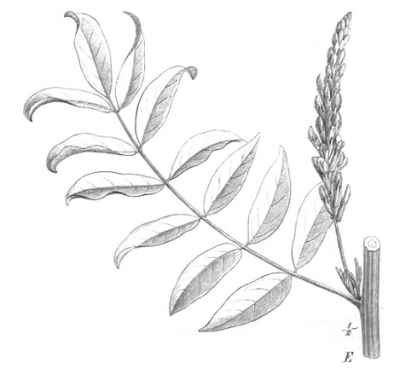
Proof that Licorice Root Heals
Licorice root is one of the few herbs that's been studied enough to prove that it actually does have healing properties. In fact, there's been at least 195 documented clinical trials done studying the different healing aspects of licorice and glycyrrhiza.
- Estrogen and Progestin Bioactivity of Herbs
Documenting that licorice root contains plant estrogen similar to those found in soy, and that they bind strongly to estrogen receptors.
- Kinetics and dynamics of orally administered 18 beta-glycyrrhetinic acid in humans
Documented that daily doses of 500 mg or less of glycyrrhizic acid decreased the risk of inhibiting (11 beta OHSD).
- Studies on the protective effect of deglycyrrhinised liquorice against aspirin (ASA) and ASA plus bile acid-induced gastric mucosal damage
Documented that DGL Licorice is effective for treating ulcers.
- Identification of glycyrrhizin as a thrombin inhibitor
Documented that glycyrrhizin owes part of it's anti-inflammatory properties to the inhibition of thrombin.
- Glycyrrhizic acid inhibits virus growth and inactivates virus particles
Documented that glycyrrhizic acid attacks certain viruses and permanently inactivates herpes simplex virus particles.
- Effect of Glycyrrhiza glabra roots and glycyrrhizin on the glucuronidation in rats
Documented that licorice root enhances the detoxification of poisons through the liver.
- Activation of macrophages by crude polysaccharide fractions obtained from shoots of Glycyrrhiza glabra and hairy roots of Glycyrrhiza uralensis in vitro
Documented that certain sugars in Licorice root stimulate the production of macrophages (immune cells).
- Inhibition of human complement by beta-glycyrrhetinic acid Immunology
Documented that beta-glycyrrhetinic acid is an inhibitor of certain types of inflammatory immune system components.
- Deglycyrrhizinated liquorice in aphthous ulcers
Documented that DGL mouthwash is effective in treating small ulcers in the mouth.
- Effect of deglycyrrhizinated liquorice on gastric mucosal damage by aspirin
Documented that DGL is effective in reducing stomach bleeding caused by asprin.
- Licorice extract and its major polyphenol glabridin protect low-density lipoprotein against lipid peroxidation
Documented that the isoflavones found in licorice could lessen the negative effects of LDL cholesterol.
- Treatment of chronic hepatitis B. Part 2: Effect of glycyrrhizic acid on the course of illness
Documented that glycyrrhizin has the same effect on viral hepatitis B as interferon.
- Clinical trial of deglydyrrhizinized liquorice in gastric ulcer
Documented that DGL is very effective in drastically reducing the size of a gastric ulcer without causing unwanted side effects.
Alternative Herbal Recipes for Licorice!
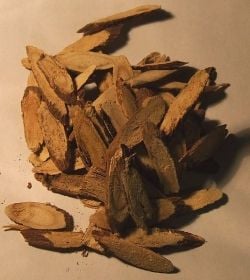
Licorice is a very versatile herb that can be made into many different home remedies. What I love most about making licorice recipes is that I don't have to worry about which part of the plant to use because the only part with healing benefits is the roots. It makes it so much easier!
Here are a couple of my favorite licorice recipes for home remedies. Using them will allow you to reap the full benefits of licorice root. Just make sure to follow the dosages correctly. Licorice root can harm just as much as it can heal.
Basic Ingredients
Where to find Licorice Root
Carrier Oils


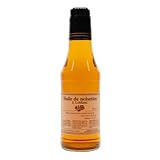
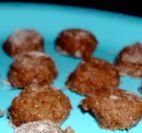
These lozenges contain a super concentrated amount of licorice so be careful to not use too many. These are great for any mouth sores, coughing or sore throat.
Ingredients
- Licorice roots cut into 1" pieces
- water
Instructions
- 1. Place licorice pieces in a large pan and add enough water just to cover them.
- 2. Bring the water to a boil. Turn down the heat and allow to simmer for a few minutes.
- 3. After a couple minutes have passed, try to stick a fork into a root piece. If it slides in easily, it's done. If not, let it simmer and keep checking every couple of minutes.
- 4. Drain the water
- 5. Mash licorice pieces until they are the consistency of paste.
- 6. Use a spoon to drop small, cough-drop sized amounts onto wax paper
- 7. Let harden.
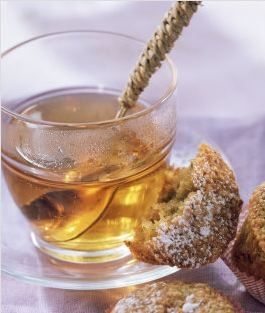
Licorice Infusion
Although infusions are normally drunk the same as tea, a licorice infusion is different. Instead, it's meant to be used the same as a mouthwash.
Ingredients
- 2 cups water
- 1 Tbsp dried crushed licorice root
Instructions
- 1. Heat the water until just boiling
- 2. Remove from heat, mix in the licorice root and set aside for 20 - 30 minutes
- 3. Strain the pulp out and discard
- 4. Let the infusion cool to room temperature and then store in a container with a lid
- 5. Use this infusion the same as you would use mouthwash, up to 4 times a day
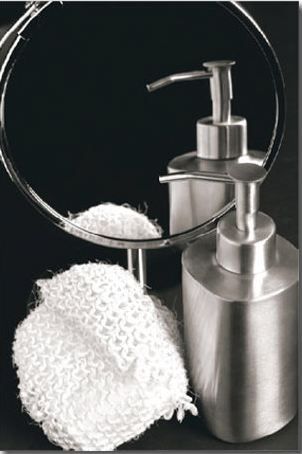
Licorice Lotion
Applying licorice lotion to your skin everyday is an easy way to make sure your skin stays healthy and beautiful. If you suffer from uneven skin tone, acne, eczema, or some other skin condition, this lotion could be just what you need. Licorice contains this fantastic compound called glagridin. It's a flavonoid that inhibits pigmentation to encourage even skin tone. It's anti-inflammatory, anti-irritation properties will help soothe and clear up acne, eczema and rosacea.
Ingredients
- 1 oz Beeswax
- 1 oz Cocoa Butter
- 3 oz Grapeseed Oil
- 60 drops licorice essential oil
Instructions
- 1. Melt the beeswax in a double boiler or a crock pot.
- 2. When it's melted, add the cocoa butter and grapeseed oil. Mix it completely.
- 3. When it's mixed together, remove it from heat and let it cool to room temperature.
- 4. When it's cool, add the licorice oil. Mix well, then pour into a sterile container with a lid.
- To keep your lotion fresh, store it in a dark colored container and seal it tight when it's not in use. Store it away from sunlight. And most importantly, make sure never to add even a single drop of water to your lotion. If you use your wet finger to just get a dab of lotion, that will be enough to spoil it.
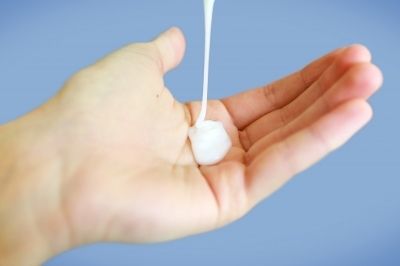
Licorice Shampoo
This shampoo will give thin hair a little body while adding the perfect amount of shine at the same time!
Ingredients
- 1 cup water
- 3 Tbsp dried crushed licorice root
- 1 tsp - 2 Tbsp of Jojoba oil
- 8 oz liquid Castile soap
Instructions
- 1. Bring water to boil. Remove from heat and add licorice. Cover and let sit for 40 minutes.
- 2. Strain and discard the pulp.
- 3. Depending on your hair type, figure out how much Jojoba to use. Dry hair needs more. Oily hair needs less.
- 4. Add the infusion and the Jojoba to the Castile soap and stir until mixed.
- 5. Pour into a bottle and use just like you would if it was store bought.
Licorice Candy
Most store bought licorice has absolutely no health benefit because it's made with Anise seed instead of Licorice. While not as beneficial as the recipes above, this licorice candy recipe uses real licorice so it will give you some herbal health.
Ingredients
- 1 cup molasses
- 1 tsp licorice root powder
- 1 tsp anise root powder
- 1 cup flour
- powdered sugar
Instructions
- 1. Warm the molasses over low heat until it's very warm, but not hot (about 5 - 10 minutes). Don't let it boil or even simmer!
- 2. Remove from heat and stir in the licorice and anise powders. Make sure all the powder is mixed in before going to the next step.
- 3. Stir in the flour a little at a time until it's the consistency of dough.
- 4. Sprinkle an area with powdered sugar and place the dough on top. Roll the dough into 1/2 inch thick tubes and cut them into your desired length. Roll them in the powdered sugar and then put on a cookie sheet to dry for a couple hours. Once it's hard, store them in a sealed container.
More Herbal Remedies
Herbal Beverage BookCHECK PRICE
Gladstar's Herbal RecipesCHECK PRICE
Herbal Medicine-Maker's HandbookCHECK PRICE
Encyclopedia of Herbal MedicineCHECK PRICE
Book of Essential OilsCHECK PRICE
Photos and text; © 2011-2013 Catherine Taylor. All Rights Reserved
Reproduction in whole or in part without permission is prohibited.
Feel free to comment, but don't stop here. There's a bunch of delicious Licorice recipes down below!







